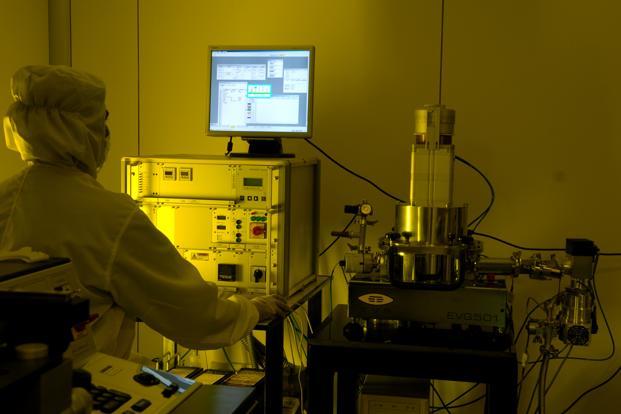
India’s most impactful field in terms of research output is engineering while its most prolific in terms of citations are chemistry and pharmacology, according to the Elsevier Report 2016, commissioned by the Department of Science and Technology.
The report looked at India’s contribution in the field of science and technology in terms of volume of research papers, global share and citation impact.
The report said India’s scientific publications grew 13.9%, as against the global average of 4.1%, during 2009-13.
Various indicators show India has a small but growing share of the world’s total scholarly output.
India’s share of the world’s science and technology scholarly output has grown from 3.1% in 2009 to 4.4% in 2013—from 62,955 papers in 2009 to 106,065 papers in 2013.
Scopus is Elsevier’s abstract and citation database of peer-reviewed literature and covers 60 million documents published in over 22,000 journals, book series and conference proceedings by nearly 5,000 publishers.
India’s share of the world’s patent citations increased from 2.2% in 2009 to 2.9% in 2013.
“Although India is still a relatively small player on the global scientific stage, its wide-ranging collaboration network and increasing share of the world’s main research performance indicators reflect its overall growth in output, impact and knowledge transfer,” said the report.
In terms of knowledge transfer, India shows a higher emphasis in areas of computer science, material science, chemistry and pharmacology, toxicology and pharmaceuticals. Knowledge transfer includes analyses of patent citation patterns and collaborations between academic and corporate research institutions.
“As a whole, there is a promising trend as more Indian research is included in global journals and more institutes are regularly making appearances in such databases. It has also been seen that collaboration is expanding to not just include OECD (Organisation for Economic Cooperation and Development) partners, but others such as Brazil, China and Iran,” said Sujit Bhattacharya, senior principal scientist, Council of Scientific and Industrial Research-National Institute of Science, Technology and Development Studies.
Bhattacharya, however, added that publishing in high-impact journals is not visible to the extent one would expect from a country like India.
“There could be many reasons for this. Either papers have not reached the required mark or there are also cultural barriers that developing countries such as India face when it comes to citations,” he said.
Standout institutes
The Indian Institute of Science, Bangalore, is the most prolific and in the most number of subjects, with the highest number of publications between 2009 and 2013 in six of the 16 subject areas, which include physics and astronomy, biochemistry, genetics and molecular biology, material science, chemistry, mathematics, and earth and planetary sciences.
The Indian Institute of Technology, Kharagpur, has the most publications in engineering and chemical engineering, and the Indian Institute of Technology, Delhi, has the most in the energy area.
Anna University, in Guindy, Chennai, tops both in computer and environmental sciences, while Banaras Hindu University leads in three subject areas—agricultural and biological sciences, immunology and microbiology, and veterinary sciences.
The Postgraduate Institute of Medical Education and Research, Chandigarh, and Annamalai University, in Chidambaram, Tamil Nadu, take the lead in medicine, pharmacology, toxicology and pharmaceuticals.
In terms of academic impact and citations, the three institutions that lead are the Tata Institute of Fundamental Research, Mumbai, Panjab University, Chandigarh, and the Indian Association for the Cultivation of Science, Kolkata.
Thirteen of the 30 top academic institutions have a strong specialization in engineering, while the most common specialized subject areas are chemistry, engineering, physics and astronomy.